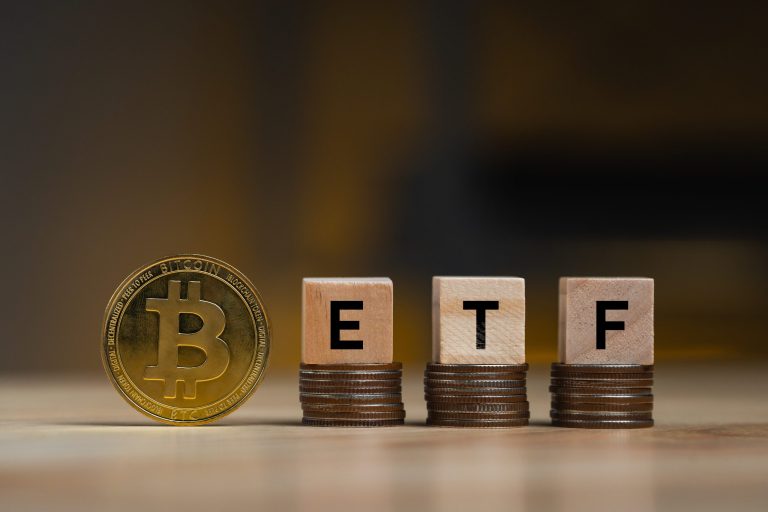In the wake of a dramatic 33% drop in CrowdStrike’s shares, savvy investors like Cathie Wood see a buying opportunity. But for retail investors, the decision to buy a plummeting stock or wait out the uncertainty can be daunting.
As CrowdStrike works towards a solution, there is optimism that the company will soon return to normal operations, with potential government assistance aiding their recovery.
For the 29,000 users relying on their cybersecurity services, this could be good news.
Analysts are also optimistic, forecasting an EPS growth of 55.6% over the next 12 months and predicting the stock will trade at a 55.0x forward P/E multiple.
The case for investing via ETFs
In such uncertain times, gaining exposure to the cybersecurity sector through an ETF can be a more stable investment strategy.
The Global X Cybersecurity ETF (NASDAQ: BUG) is a prime example.
This ETF is designed specifically for cybersecurity investors, offering diversified exposure across the sector.
The Global X Cybersecurity ETF holds 6.63% in CrowdStrike and slightly more in Check Point Software Technology Ltd. at 6.75%.
This relatively small ETF spreads capital across various traditional sectors and geographic areas, comprising 24 securities in total.
This diversification means that specific company events, such as the recent CrowdStrike issue, have only a minor impact on the ETF’s short-term performance.
For instance, while CrowdStrike fell 33% recently, BUG only decreased by 0.7%.
This stability is because other companies within the ETF can absorb the business from CrowdStrike’s disgruntled customers, balancing out the volatility and providing a smoother investment experience.
Potential for increased government support
The recent event also underscores the critical role of cybersecurity in national defense.
The U.S. government’s response to CrowdStrike’s situation highlights the importance of cybersecurity, as CrowdStrike officials have already testified before Congress multiple times.
Prudent investors should monitor how the government supports the sector. Will it fund CrowdStrike to bolster its business? Could it offer financial aid to other cybersecurity companies to enhance performance across the board?
These are important questions, but they also illustrate why ETFs like BUG are valuable.
They provide sector-wide exposure, allowing investors to benefit from any increased government spending on cybersecurity globally.
Risks associated with BUG
Investing in cybersecurity naturally comes with risks, and BUG is no exception.
The ETF is 100% invested in the Information Technology sector, with its top 10 positions making up more than half of the fund.
This concentration is something investors need to be aware of.
According to a Morningstar analyst, “Cybersecurity investors often know what they are getting into. The portfolio is highly concentrated, with significant exposure to the top holdings.”
If CrowdStrike recovers from its current predicament, its growth will positively impact the ETF.
If not, other cybersecurity firms within the ETF will likely benefit, providing a safety net for investors. Either way, investing in BUG allows one to capture growth in the cybersecurity sector without facing major downside risks.
For investors looking to navigate the volatile cybersecurity landscape, ETFs like the Global X Cybersecurity ETF might be considered as a balanced and diversified option.
By spreading investments across multiple companies, these ETFs mitigate risks and capitalize on sector growth, making them a prudent choice for those wary of direct stock investments in turbulent times.
The post How to invest in cybersecurity: The case for ETFs amid CrowdStrike’s turmoil appeared first on Invezz



